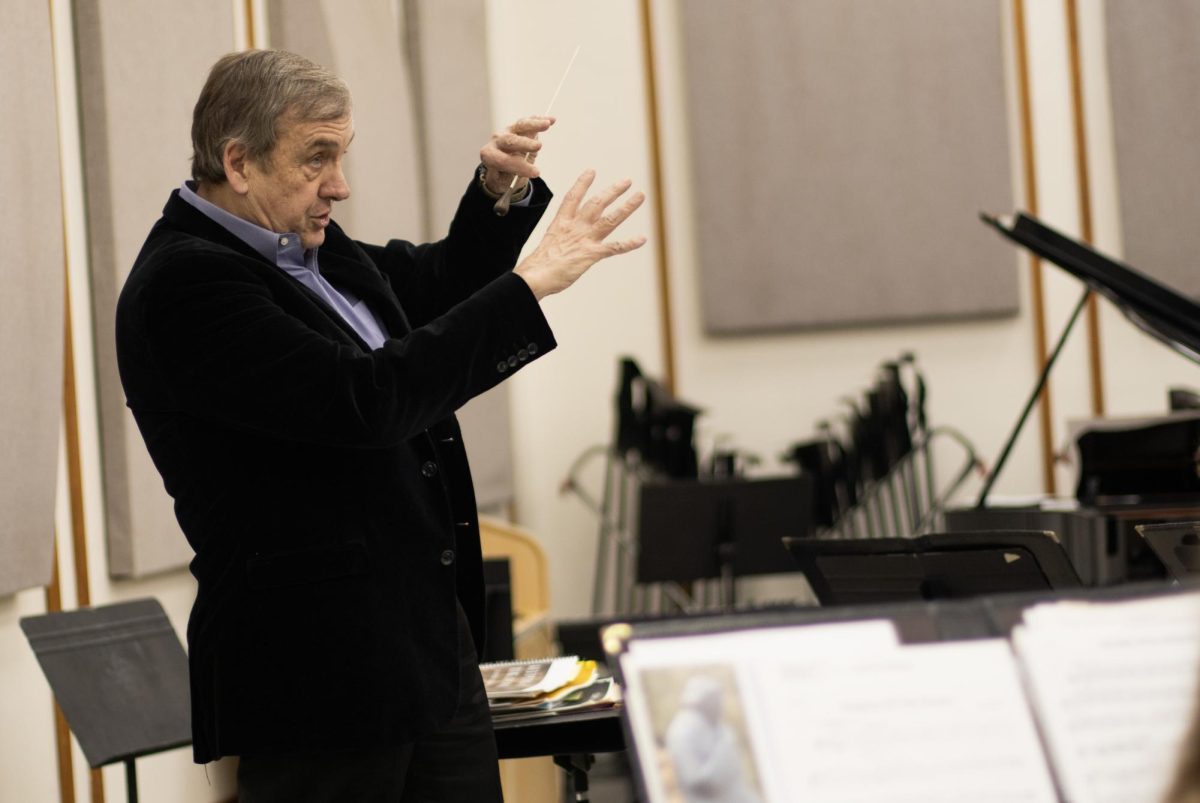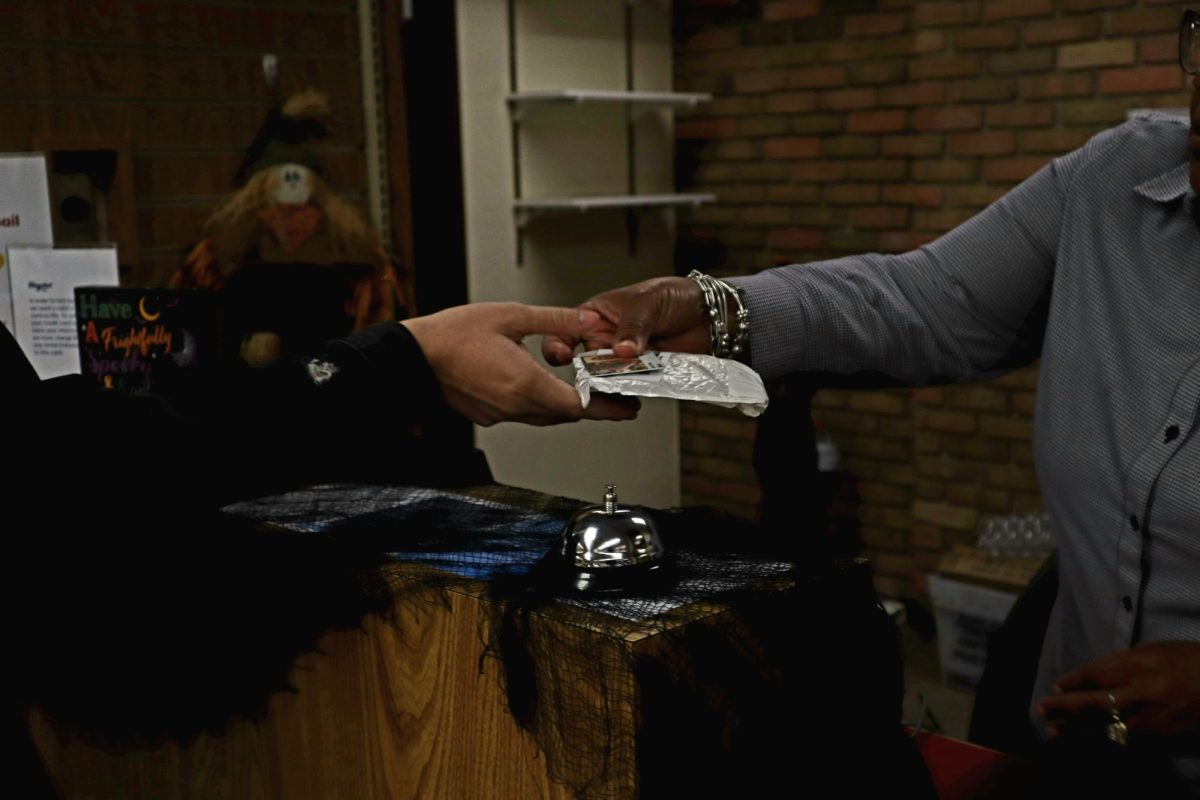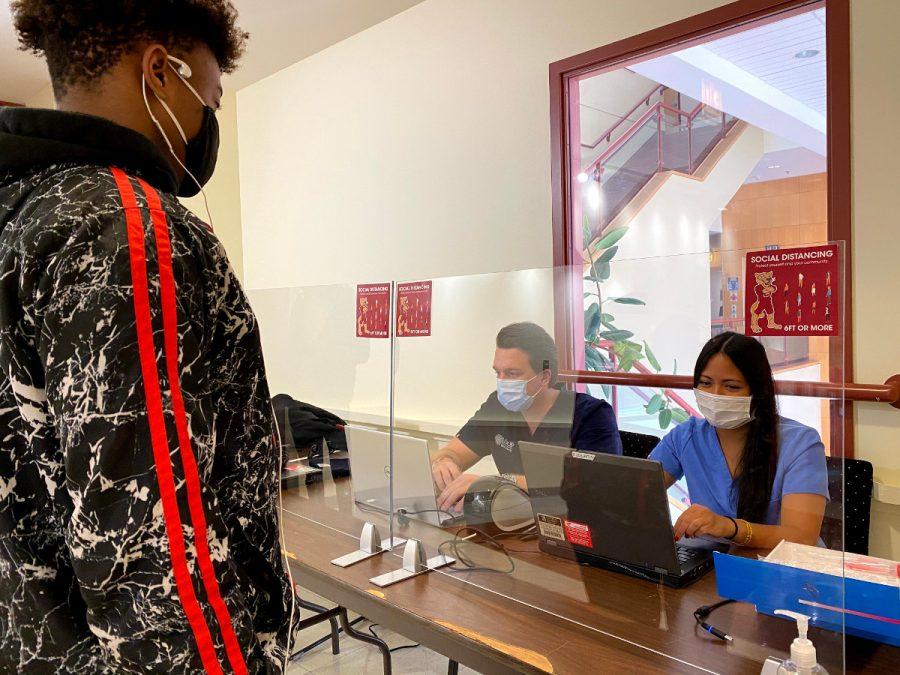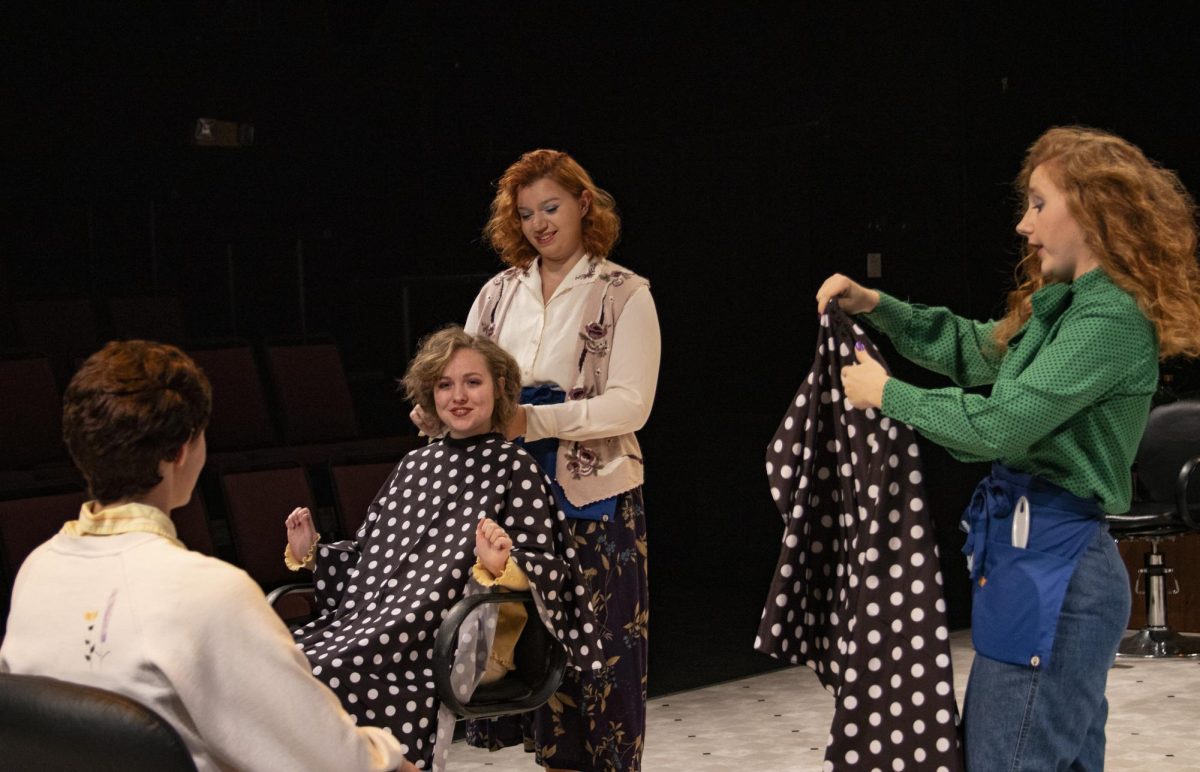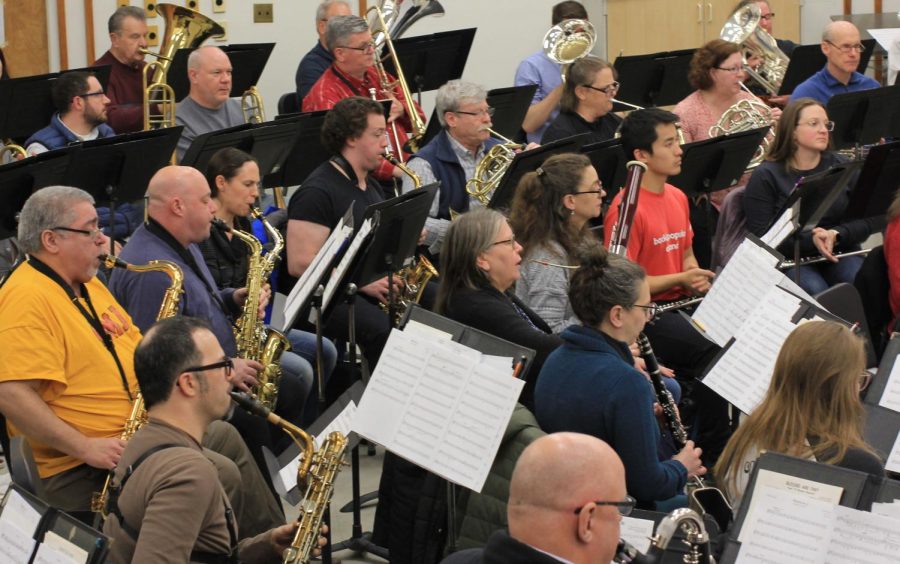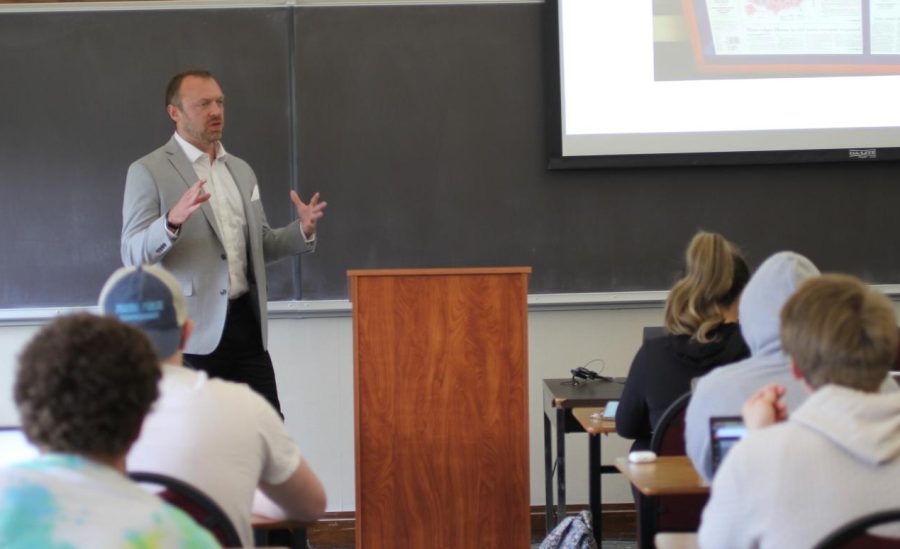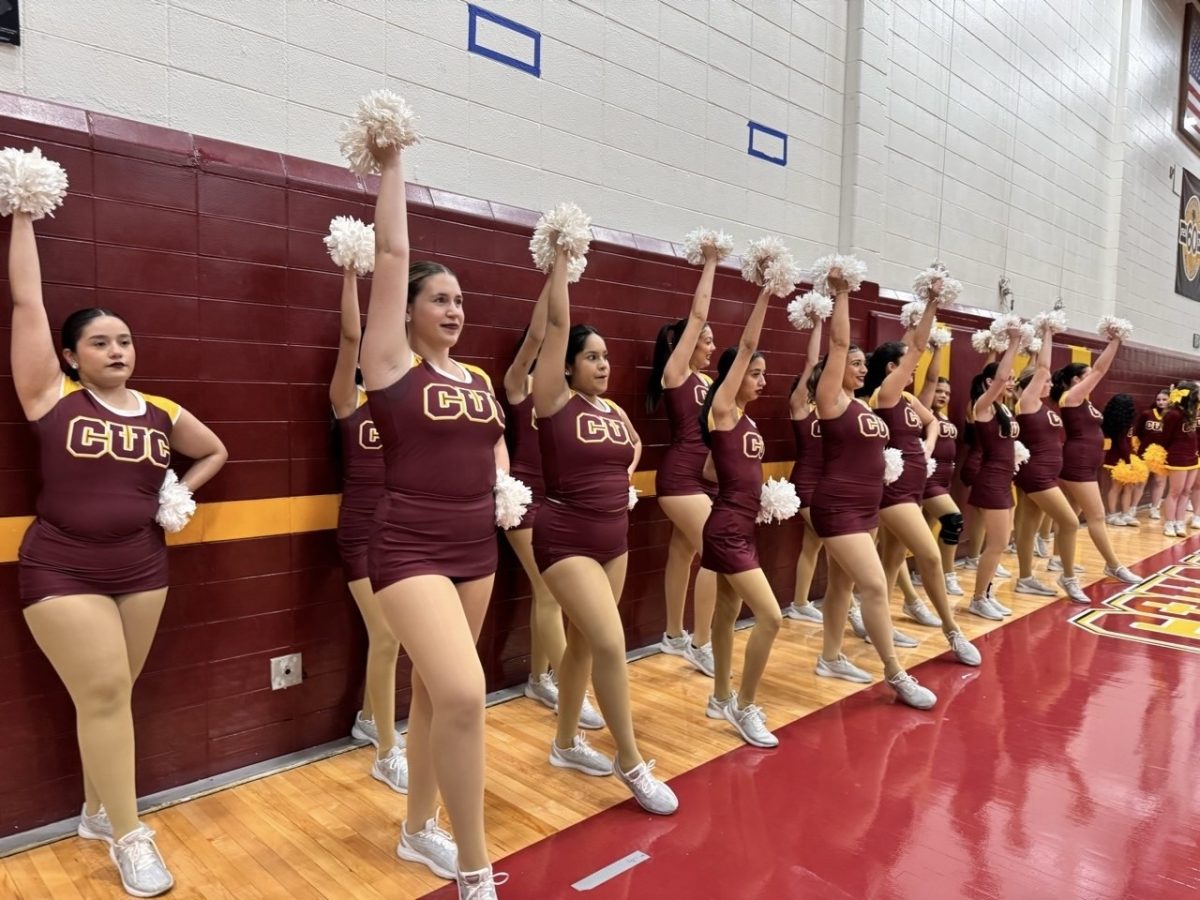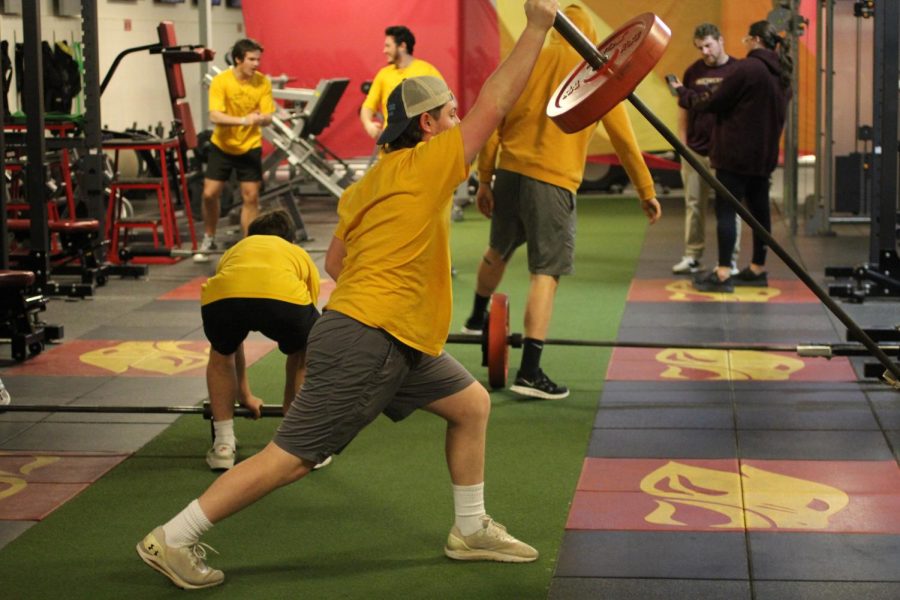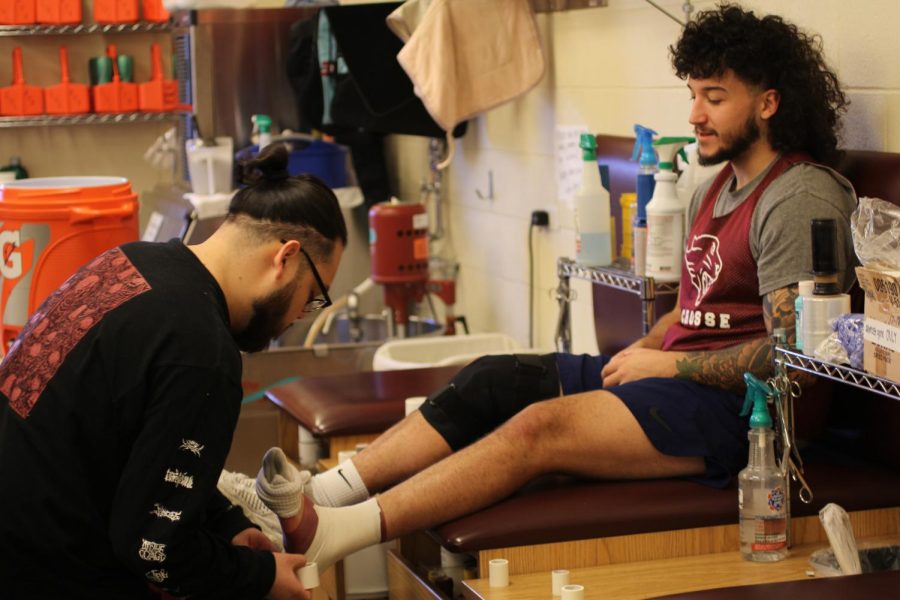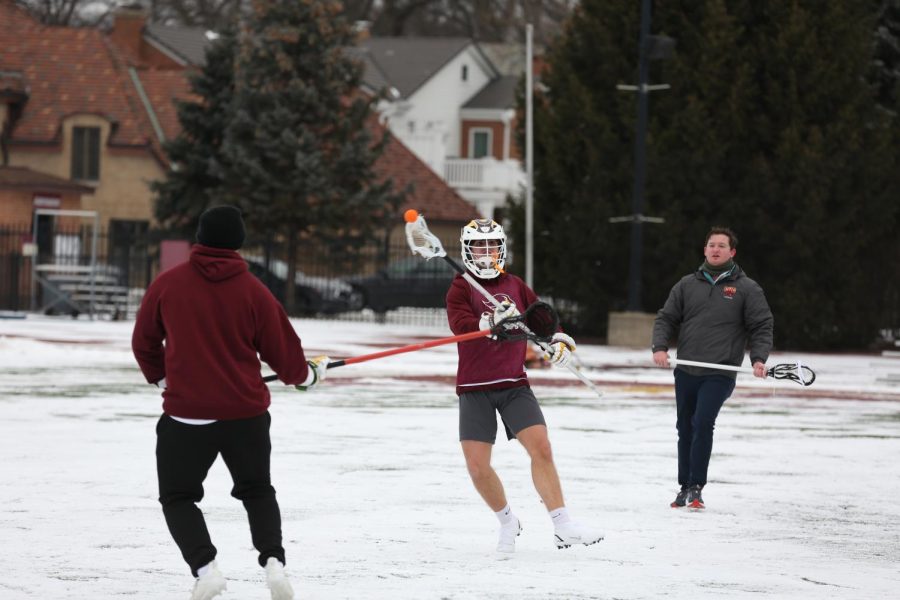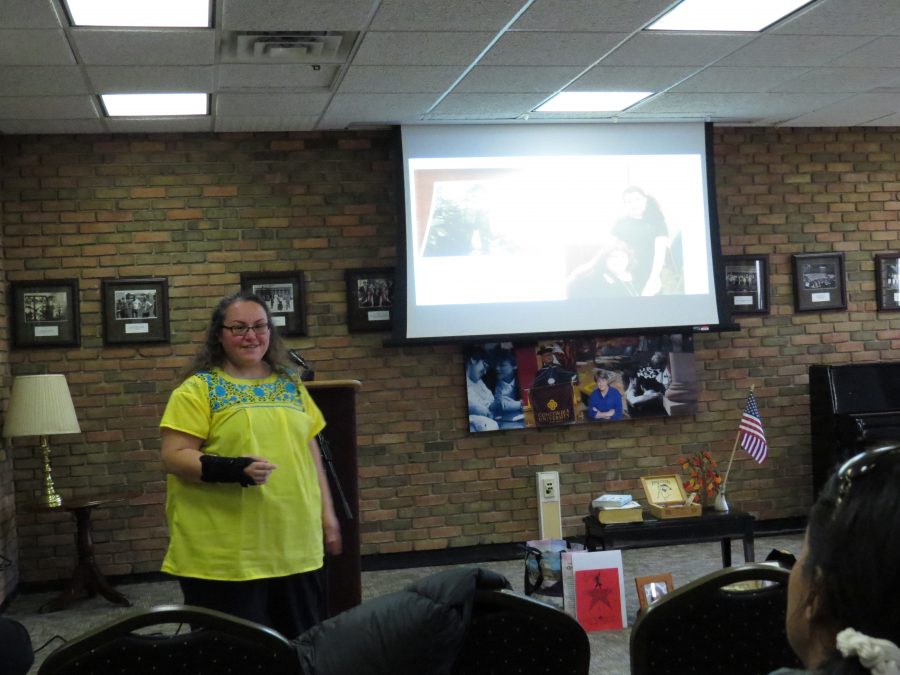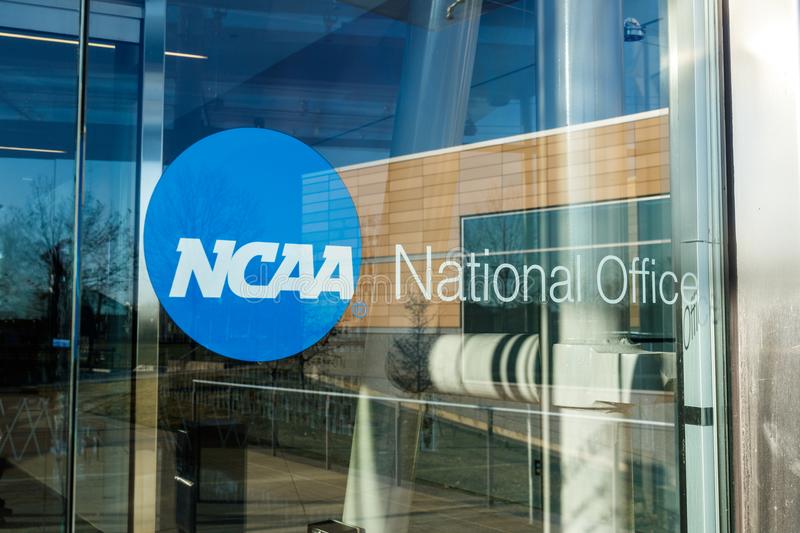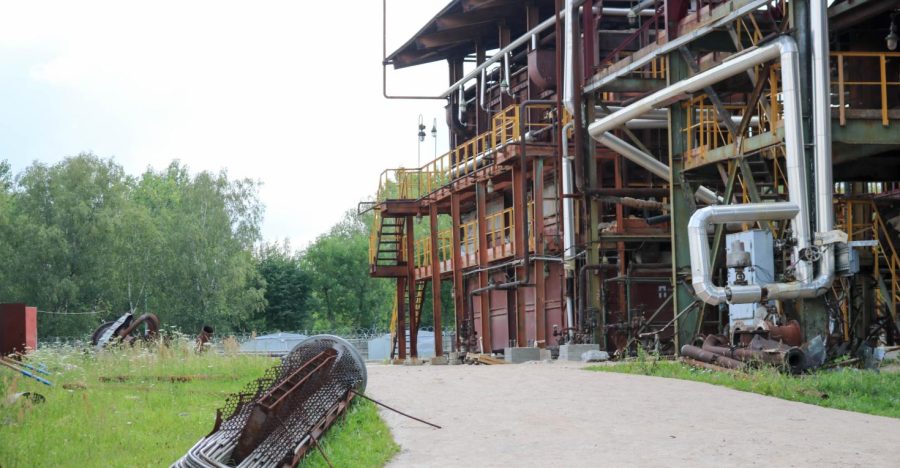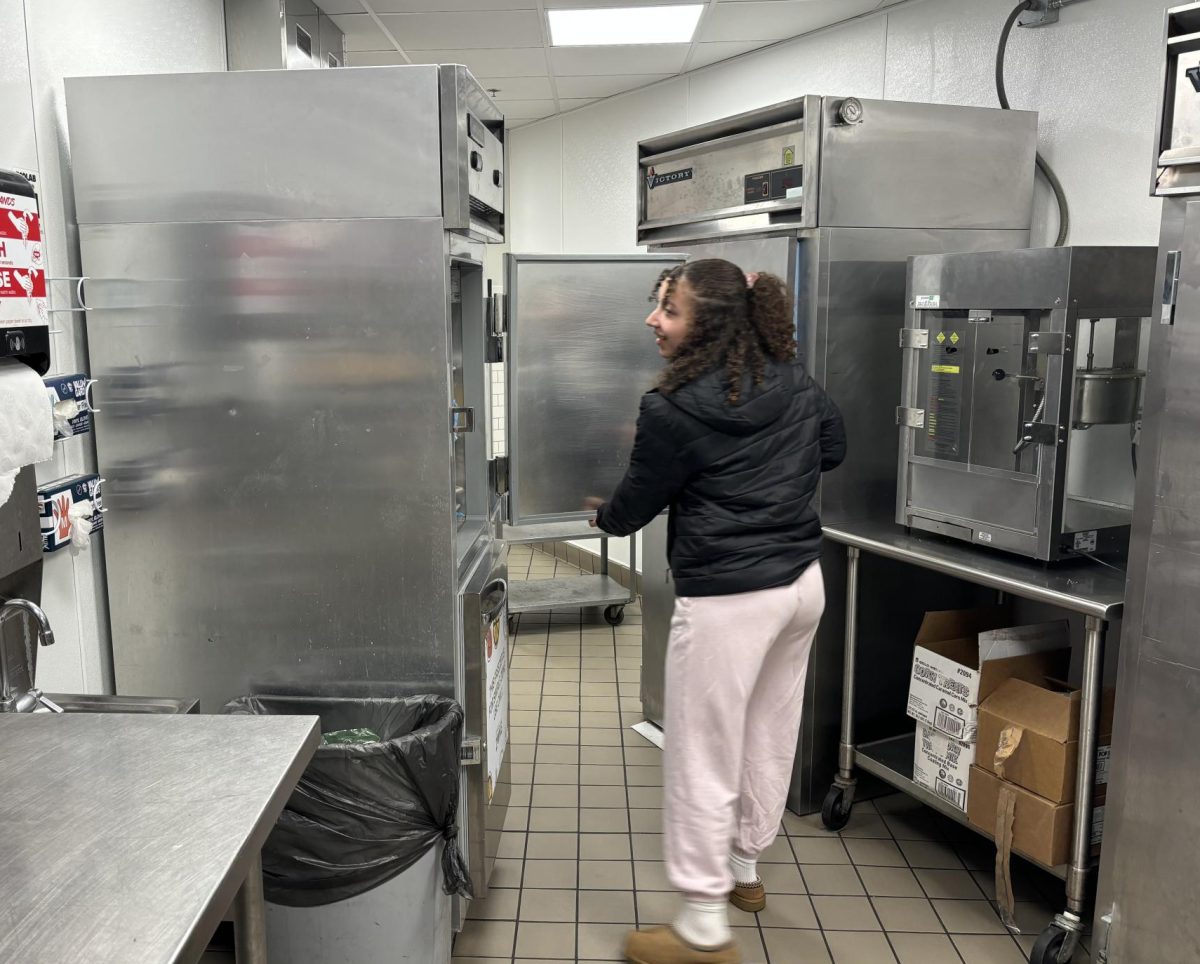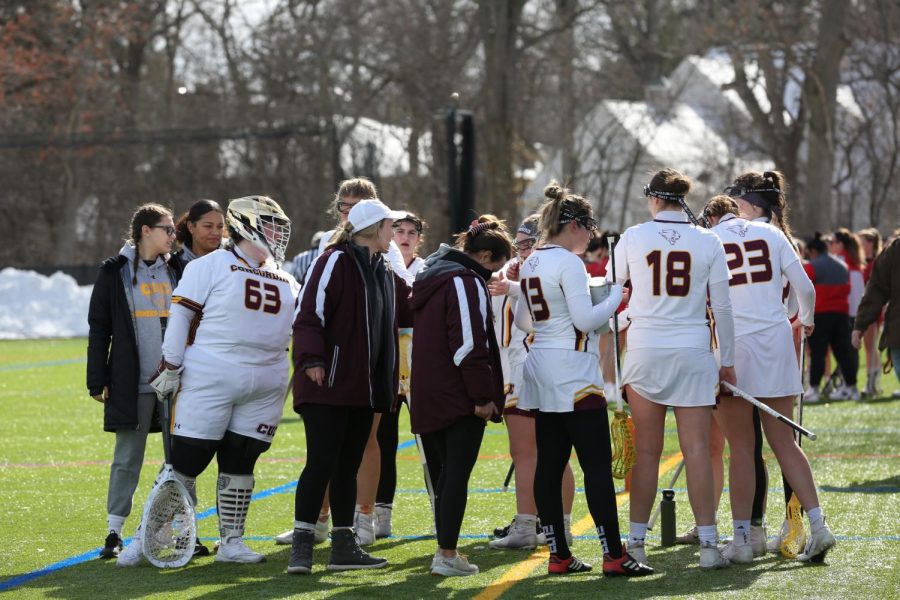For the parents of today’s youth athletes, a change in seasons were often marked by changes in the sports year. Sadly, the landscape has changed for the youth athletes of today. While youth sports used to be fueled by the athletes, recent trends have given way to a model driven by money, competition, and social status. While coaches and parents try to live vicariously through youth athletes, the pressure they place on the heads of their kids has been a reason for many junk the idea of sports all together. Where does it start? Athletes are specializing in a single sports younger than ever before.
While specializing in a single sport at some point is almost always essential for those striving to achieve elite status, the classic debate remains: How early is too early to specialize, and will specializing too early actually hurt a child’s chances at performing at an elite level in their future?
Specialization and Injury
Big plays are never made on the sidelines. While the bodies of youth athletes are already among a tremendous amount of stress as they endure the development process, specialization in a single sport, especially before puberty, can have negative consequences. A 2015 study in the American Journal of Sports medicine saw an increased risk of injury for athletes that specialize in a single sport before puberty in addition to a significantly higher pattern of injuries for youth athletes that dedicate more hours per week of structured training than that of their age.
We see two causes for injuries stemming from early specialization. First, kids specializing in a single sport are only using a very concentrated group of muscles. When youth athletes are more well-rounded in various types of athletic activities, they can develop all the muscles required to be healthy and stay healthy.
The second half of that statistic from the American Journal of Sports Medicine deals with overuse injuries which are extremely common among athletes that are specializing at early stages of youth sports. Athletes who specialize at a young age are oftentimes participating in programs that push a young athlete’s body past the point of healthy. Coaches, parents, and players are brainwashed into thinking that an incredibly high amount of structure at a young age is required to achieve elite status in a sport. Quite frankly, there is no long-term evidence that suggests this is true.
Specialization Resulting in Elite Status
A harsh reality of life is that there’s simply not enough time for everything. Days are too short to be a “Jack of all trades” in the world of elite athletics, and it is recognized that athletes do indeed face a time where specialization is necessary to give them the best chance to compete at the highest level. However, if parents and coaches want their athletes to be in a position where they can reach the height of their potential, they won’t encourage specialization until late adolescence. You don’t want your child to miss out on that college scholarship? That’s okay. Of the 322 athletes at the 2015 NFL Scouting Combine, 87% played multiple sports even at the high school level. Only 13% were exclusive to playing football during those years (American Academy of Pediatrics). Furthermore, a 2013 study of 296 college athletes conducted by the American Medical Society for Sports Medicine, only 30% specialized in one sport prior to the age of 12.
Anders Ericsson introduced a theory that suggested 10,000 hours were required for mastery in a certain subject area. Many parents and coaches cling to a hope that 10,000 hours of deliberate practice will make or break the future of America’s rising stars and that, without an abundance of structured training, kids will fall behind their peers and will ultimately sacrifice college scholarships or even a chance at reaching the professional level.
While many coaches have adopted this as the golden rule for youth athletics, there is simply no evidence that supports this as being an applicable relation between youth athletes and their ability to reach the professional level.
Psychological Effects with Specialization
Like anything else in an athlete’s body, the mind needs a break too. The psychological consequences to specializing in a sport before puberty are often overlooked, but are perhaps the most detrimental to the extent of an athlete’s success. Destructive habits form when an overload of structured, competitive participation of sports occurs. The days of playing sports for enjoyment being replaced by adult-driven organizations seeking to profit from youth athletics by promoting an aggressive, long term development model that they claim will give youth athletes the best chance at athletic fame. The reality? Kids get burned out. Science shows that pre-pubescent specialization comes with increase rates of depression and dropping out of sports all together due to burnout. Is that to say that kids need to scale back the number of hours they are playing sports all together? Well, in some instances that may be true (As we already mentioned the risks of athletes training more hours per week than their age) but it really boils down to the type of athletics in which they are participating.
Structure vs. Free Play
Changing the Game Project, an organization aimed at changing the way coaches and parents approach youth athletics, communicates the importance of non-structured athletic involvement for youth athletes. A study of professional hockey players shows that, on average, they spent 10,000 hours in youth athletics, but only 3000 in structured hockey training. This is the problem with the Ericsson model. It does not account for unstructured activity that provides is incredibly valuable to the success of youth athletes. Being able to play freely is intrinsically motivating, enjoyable, and allows athletes to be more creative in a laid-back environment. In free play situations, athletes can develop creative skills and try new things that actually allow them to perform better in structured environments. Many experts think that up to 50% of time spent in youth athletics should be unstructured to maximize enjoyment, performance, and avoid burnout.
The Last Word
While the amount of work towards a particular craft definitely correlates with success and the ability to achieve elite status, physical and psychological red flags are scientifically backed as to why young athletes should avoid that u10 year-round AAU basketball team that trains five times a week and makes third graders choose between having a social life and competing in their 7th tournament of the year because they will “fall behind other athletes their age if they don’t put the work in now.” At the end of the day, have fun.
Enjoy diversity, enjoy a lack of organization, and enjoy sports.

